The Westinghouse Time Capsules are two-time capsules prepared by the Westinghouse Electric & Manufacturing Company. Both capsules are buried 50 feet below Flushing Meadows–Corona Park. The burying of the first Westinghouse Time Capsule was one of the last and most widely publicized events of the two-year 1939-40 World’s Fair. The second capsule or “Time Capsule II“ was buried 10 feet north of the first one, and it was created for the 1964 New York World’s Fair. Both are to be opened at the same time in the year 6939, five thousand years after the first capsule was sealed.
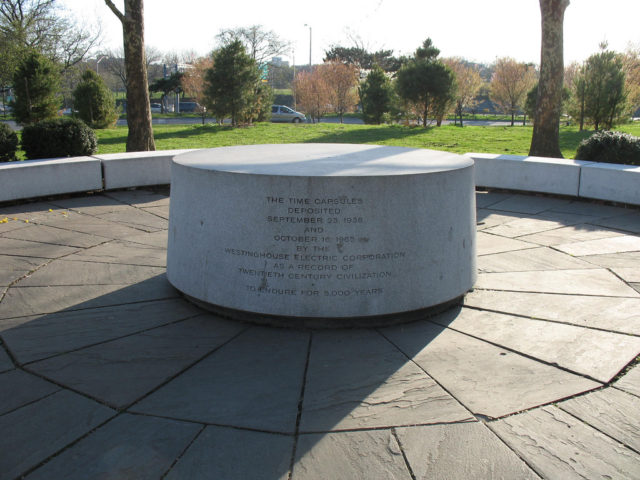
The two-time capsules are bullet-shaped, measure 90 inches (2.29 m) in length, and have an exterior casing of about eight and three-eighths inches (21.1 cm) in diameter. Time Capsule I weighs about 800 pounds (363 kg) while Time Capsule II weighs about half that.
Made of Cupaloy, a unique non-ferrous alloy made specifically for the project, it’s said Westinghouse’s Time Capsule 1 will withstand the creep of corrosion above and beyond 5,000 years. Also, each item went through a grueling evaluation by the US National Bureau of Standards to be sure the entire contents would hold up until that fateful unearthing in 6939.
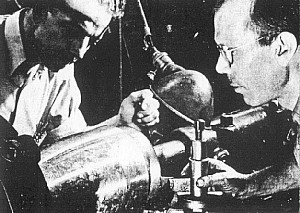
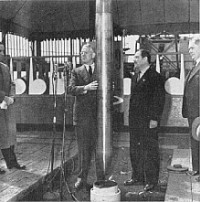
The items that were selected to be put inside were based upon how well they chronicled 20th-century life in the United States. The interior capsule items were selected so they were not interactive and would not decompose into harmful gases or acids.
There were five main categories of objects to be put inside: Small items of common use (like men’s and women’s grooming tools and children’s toys), textiles and materials (used in manufacturing and technology), miscellaneous items (such as money and seeds), an essay in microfilm and RKO newsreel.
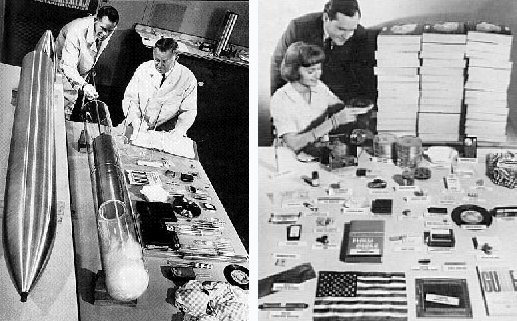
In the 1965 capsule, there were also five categories of objects to be put inside, such as: Articles in common use, atomic energy, scientific developments, space and other. The category “Other“ included images of a guest book signed by visitors to the Westinghouse pavilion exhibit at the 1964 fair. Signers received tin pins, about 30mm (1.2 inches) across (roughly the size of an American fifty-cent piece), that said, My name is in the Westinghouse Time Capsule for the next 5,000 years.
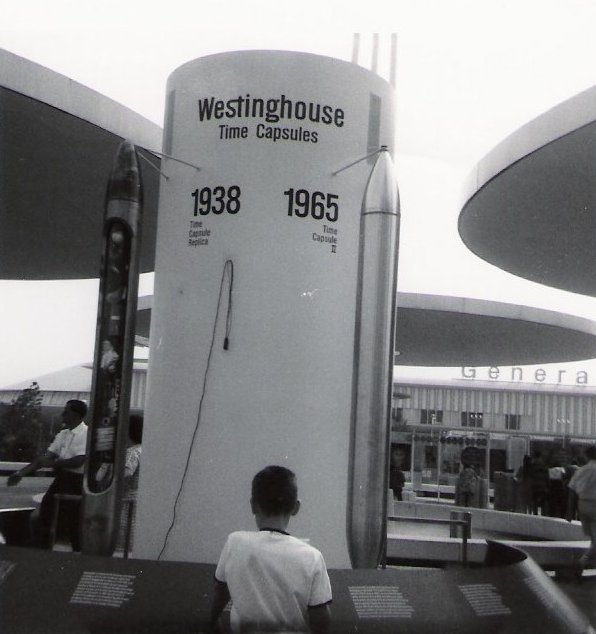
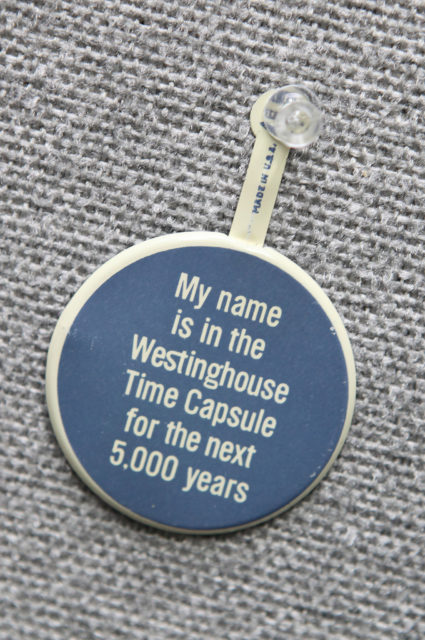
Westinghouse also made a duplicate time capsule which was displayed at the fair and is now at the Heinz Museum in Pittsburg. Westinghouse also had a display case at the fair with some of the items displayed.
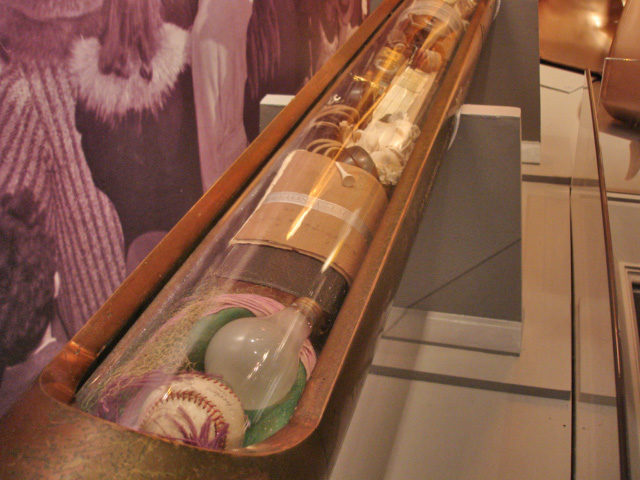
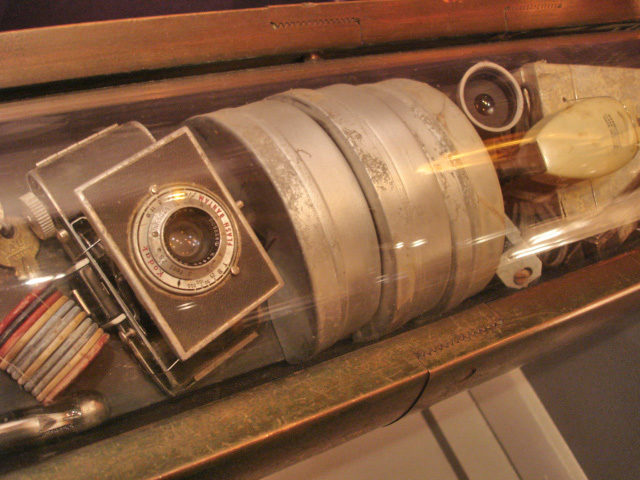
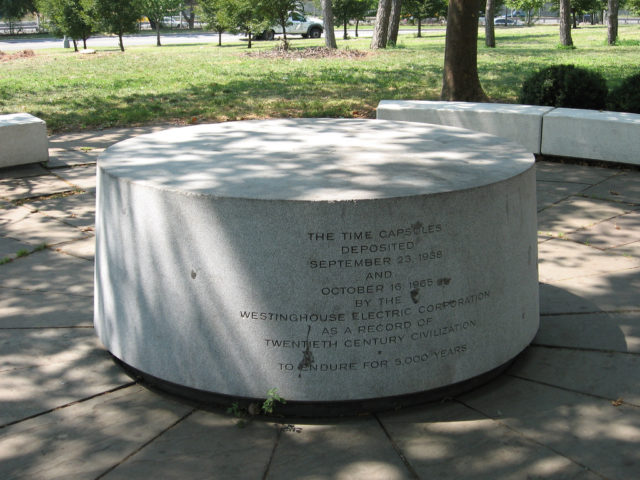
Its closing lines read as follows: “Each age considers itself the pinnacle & final triumph above all eras that have gone before. In our time many believe that the human race has reached the ultimate in material and social development; others, that humanity shall march onward to achievements splendid beyond the imagination of this day, to new worlds of human wealth, power, life, and happiness. We choose, with the latter, to believe that men will solve the problems of the world, that the human race will triumph over its limitations and its adversities, that the future will be glorious. TO THE PEOPLE OF THAT FUTURE, WE LEAVE THIS LEGACY.”
